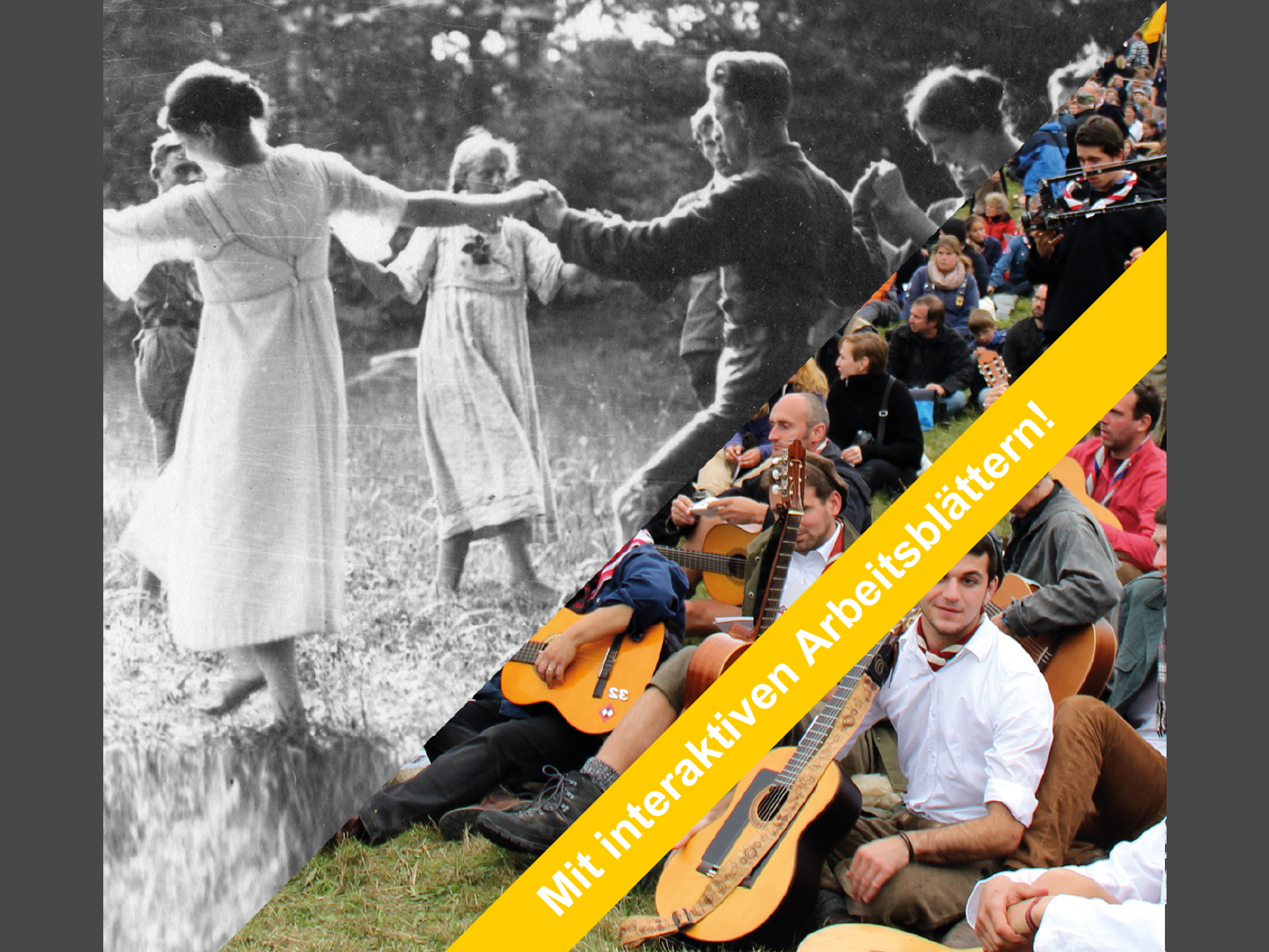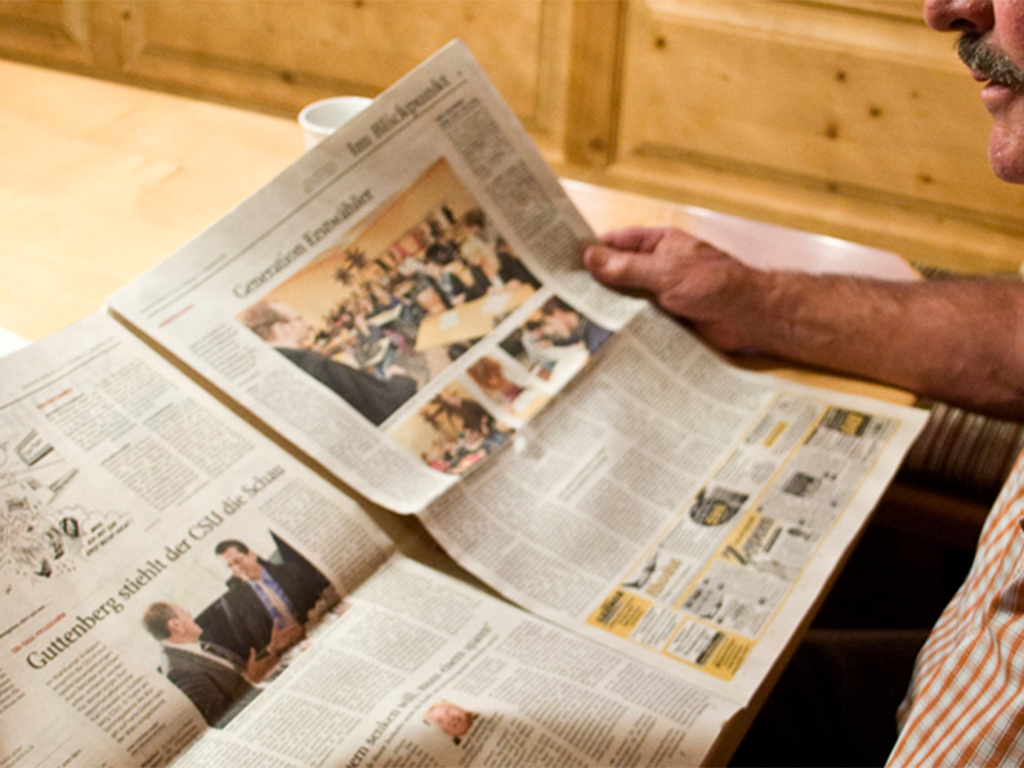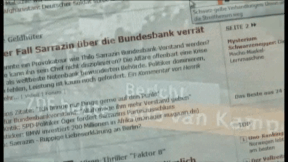 Chemistry
Chemistry


4677115 / 5564404
Alkali Metals
Properties, Examples, Relationship
What do lithium batteries, table salt and firework rockets have in common? All of them contain compounds of alkali metals. Alkali metals are members of the first group of the periodic table of the elements. The metals in this group are lithium, sodium, potassium, rubidium, caesium and francium. The word “alkali“ is derived from the Arab “al-qalya“ for potash, the colloquial term for potassium carbonate. In this film we want to take a closer look at the representatives of this family of elements, compare their properties, investigate the chemical behaviour and see where we encounter their chemical compounds in everyday life. Alkali metals and alkaline solutions – also called basic solutions – are noxious for the skin. Therefore, additional protective gloves should be worn – apart from the obligatory protective goggles required in laboratory work.
Play trailer

Curriculum-centred and oriented towards educational standards
Matching
Stalking
n Germany, 12 % of all federal citizens are pursued by a stalker once in their lives. And not only celebrities are among their victims! Everyone may be confronted with such a situation.
Youth Movement
Dancing until your feet hurt: Here, at the meeting on the Hoher Meissner near Kassel, 3,500 participants from Boy Scout associations, youth and Wandervogel groups from all over the German-speaking region have gathered. They want to celebrate, simply get to know each other and commemorate a historic anniversary.
The Daily Newspaper
Every day, there is a surge of news reaching us via different news channels. In spite of TV and Internet, the daily paper still is one of the most important main sources of news. But how is a newspaper created? The film shows the production of a paper in the course of one day. Starting with the editorial meeting in the morning, in which the topics and deadlines are determined, the film accompanies a journalist during her research work. You can see how a journalistic interview is conducted and what the photographer must consider when taking a press photo. Back in the editorial office, the editor’s work is illustrated, which includes the page layout and the writing of an online article in today’s time. Impressive pictures from the printing centre depict the process from the digital page to the finished newspaper. Together with the comprehensive accompanying material, the DVD is perfectly suited for use at school









